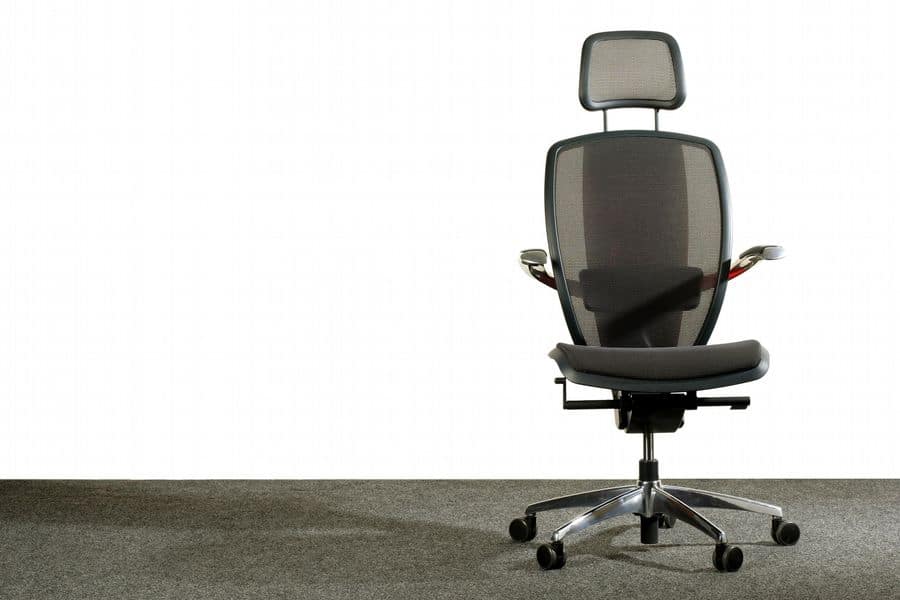Choosing the right office chair
A vast number of Americans today have sedentary jobs, meaning we spend the majority of our work days seated. Even if you get up frequently to use the copier or run items to another department, you may still spend a good portion of your time in an office chair.
At home, this pattern continues. We tend to bring our work home with us, so that’s more time spent seated in a chair. Even our leisure periods are often spent seated, surfing the internet or watching television.
Since we spend so much of our lives in a chair, it’s extremely important that we’re sitting in the right kind of chair. Just as the right mattress is vital to good sleep, the right chair is necessary for our waking lives. A proper ergonomic chair should support critical areas of the body, help to minimize the risks of repetitive movements, and aid proper posture. Looking for the ideal office chair should be done from a chiropractic point of view, taking all of the above into account.
What features should a good ergonomic office chair possess?
Sometimes it seems that today’s office chairs come with more features than a luxury car. While there are some chair features that are critical to good ergonomics, you can easily do without others. In fact, it’s certainly possible to get a good, supportive chair with all the necessary bells and whistles for under $60. While you can purchase chairs with as many options as you desire, here are the attributes you absolutely need:
- Comfort. First and foremost, your chair should be comfortable. An uncomfortable chair, even used for a short period of time, can cause long lasting pain. After you first adjust the chair for your body, you should have an immediately comfortable fit. Remember, a chair is not like a new pair of shoes. There should be no need to “break it in” first.
- Lumbar support. The lumbar, or lower back, area should always be supported in an office chair. Many chairs only have support for the thoracic, or mid back, region, with just a metal bar attaching the back of the chair to the base. This isn’t sufficient for a chair you’re going to be spending many hours in. The lumbar spine is very prone to muscle aches and subluxations, or small dislocations, in the vertebrae. It’s important to have good lumbar support to prevent this. Also, a chair with lumbar support discourages slouching and promotes good sitting posture.
- Adjustable height. People come in many shapes and sizes, so there’s no such thing as a single chair that fits all. Your chair should have easy height adjustment so that you can customize it to your torso and leg length. When properly adjusted, you should be low enough to place the soles of your feet flat on the ground, but high enough to reach your desk or keyboard with your forearms held parallel to the floor.
- Adjustable armrests. Armrests may seem like an unneeded luxury, but they’re vital for periods when you’re not actively typing and also to help prevent repetitive stress injuries while typing. Good armrests allow you to keep your wrists in neutral position, which helps discourage the development of conditions like carpal tunnel syndrome. Of course, the armrest should be adjustable to fit your unique body shape.
- Rollers/swivel base. Leaning out of your chair or straining to reach an item is bad for your posture and spine alignment. Having rollers or a swivel base on your chair allows you to rotate or move without twisting your body and putting unnecessary stress on your joints. These features also might save you from a pulled muscle.
Having an ergonomic office chair is good for your health and important for long term wellbeing. If you start to experience pain from sitting, you should adjust your chair to better fit your body and serve your needs. If that fails to relieve the problem, consider seeing a professional chiropractor like Dr. Weigle at Absolute Health Chiropractic. Not only can a chiropractor treat your pain issues, but they are an excellent source of advice for proper home and office ergonomics.
